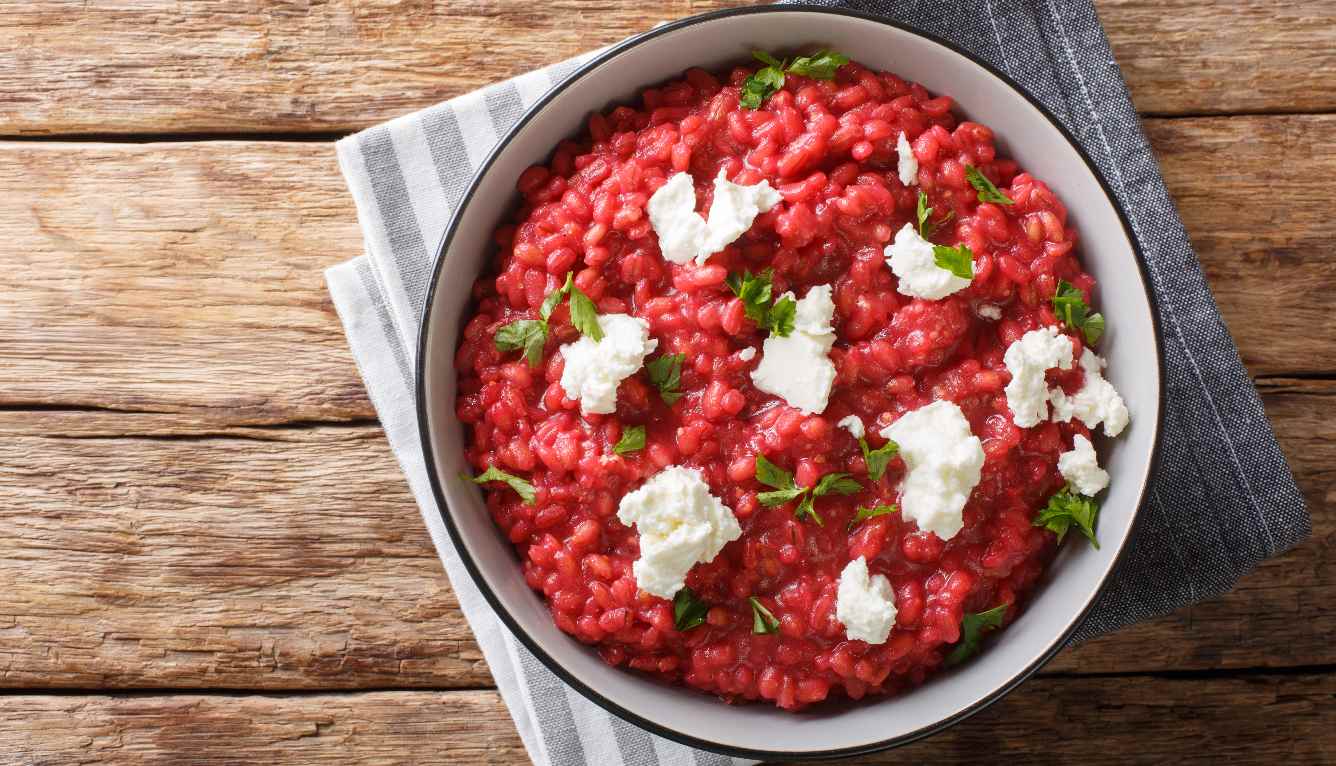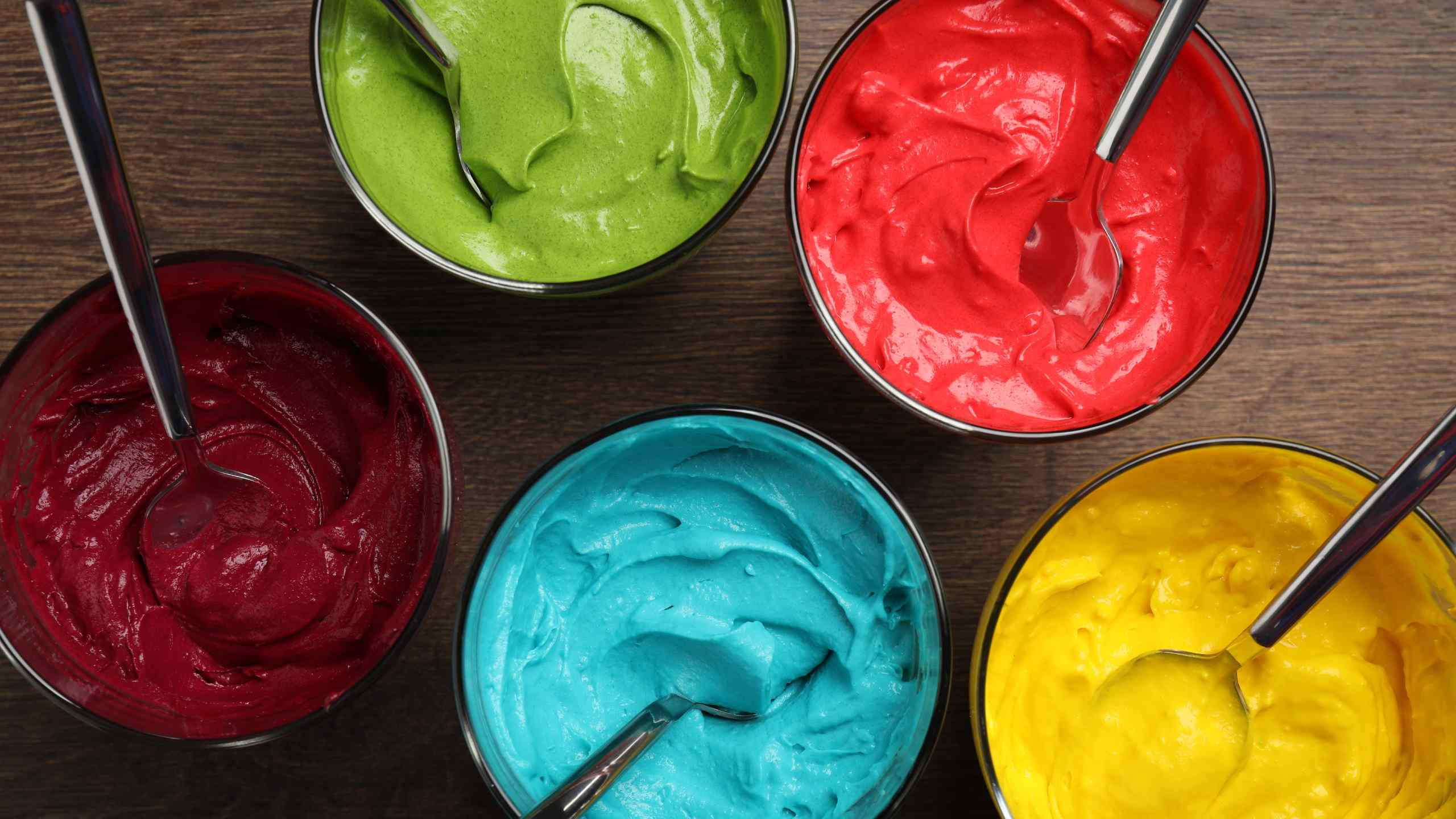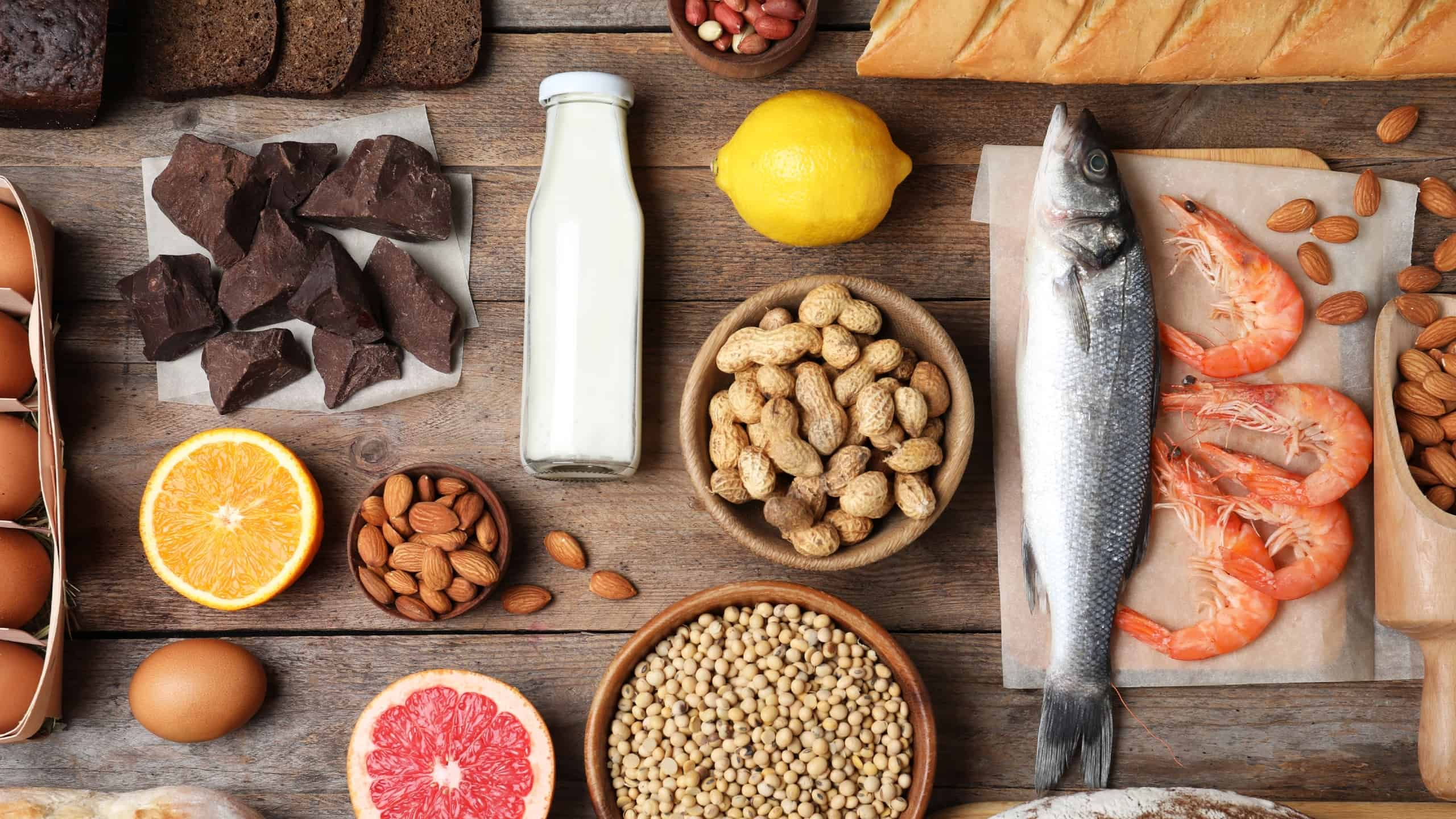Today’s special: food additives
Why are blueberry muffins you get from the shop bluer than the ones you make at home? How does packaged bread stay fluffy for so long compared to fresh bread? Look at their label and just you might answer these questions.

Although food additives are found in a wide variety of foods, they are very common in packaged and highly processed products such as instant meals, biscuits, soft drinks, cold cuts or sauces.
Food additives are substances added to food during production, packaging, or storage. The goal is not just to appeal to the senses – they also promote food safety. Food additives can improve appearance, taste, texture, consistency, colour, or aroma of food. They also deter fungi, bacteria, and other microorganisms that can affect the safety and quality of food products.
Preservatives, for instance, are additives that extend shelf life, contributing to make food available and safe for longer.
As the name suggests, flavour enhancers are used to give the illusion of flavour. Eliminating them is beneficial as the product no longer has this unnecessary additive, but instead incorporates ingredients which, in addition to flavour, provide nutritional value.
How to differentiate between food additives?
The European Union identifies 27 classes of food additives. These are the most common food additives:
- Colours: restore, reinforce, or add colour to food;
- Preservatives and antioxidants: they help extend the life of products by protecting them against microorganisms, in the case of preservatives, and oxidation, in the case of antioxidants;
- Sweeteners: used to give a sweet taste to food;
- Flavour enhancers: promote a certain taste in food;
- Emulsifiers, stabilisers, thickeners, and gelling agents: they act on the texture of food.
Food additives are listed on food labels, identified by the letter E. The number that appears immediately after the E corresponds to their category.
To b”E” or not to b”E”
The famous Es are the European Union reference codes for food additives which are listed on labels as follows:
| Reference code | Class of food additive |
|---|---|
| E-1xx | Colours |
| E-2xx | Preservatives |
| E-3xx | Antioxidants and acidity regulators |
| E-4xx | Thickeners, stabilisers, gelling agents, and emulsifiers |
| E-5xx | Anti-caking agents |
| E-620 to E-635 | Flavour enhancers |
| E-420; E- 421; E-950 to E-969 |
Sweeteners |
| E-1xxx | Other additives |
Food additives: is less… more?
Synthetic, or “artificial”, food additives result from a chemical process. Despite the obvious negative connotation, these substances are regulated by the European Food Safety Authority (EFSA) and official entities in each country. In case of any suspicion, these organizations will test them to make sure they are safe, and reassess the allowed quantities of each. Additives used in the European Union – those identified by the letter E – have been cleared for consumption.

It is also possible to get common additives from natural sources, such as fruits, vegetables, spices, plants, or minerals. These are increasingly common in food production and can also be made at home. For example, you can make a green cake by using spinach, cook a pink risotto by adding beetroot or even get a more vibrant orange colour in your carrot soup by using turmeric.
It is often said that we eat with our eyes. However, you are better off without ultra-processed foods, regardless of their appearance. After the first impression – that is, after letting your eyes eat – it is important to choose foods that have a more appropriate nutritional response to your needs, even if said foods aren’t “Instagram-worthy”. Read the labels carefully and, when possible, choose products with a short (or shorter) list of food additives. As always, it’s all about balance.
Pingo Doce: Private Brand without flavour enhancers and artificial colours
The Jerónimo Martins Group has been carrying out several initiatives to promote health through food. By September 2023, Pingo Doce had eliminated flavour enhancers and artificial colours from its Private Brands. As a result, it became the first Portuguese food retailer to stop using these food additives in all its products.
The Pingo Doce Blue Ice Cream, for instance, tastes like marshmallow and now has a natural dye that gives it its vibrant colour: blue spirulina!




